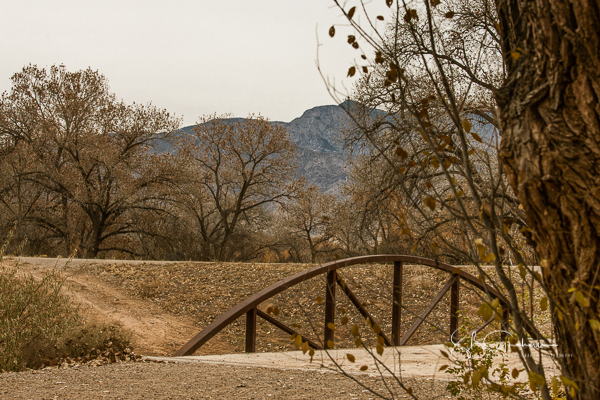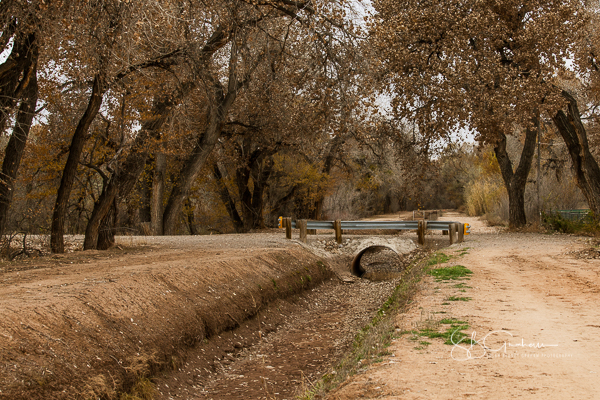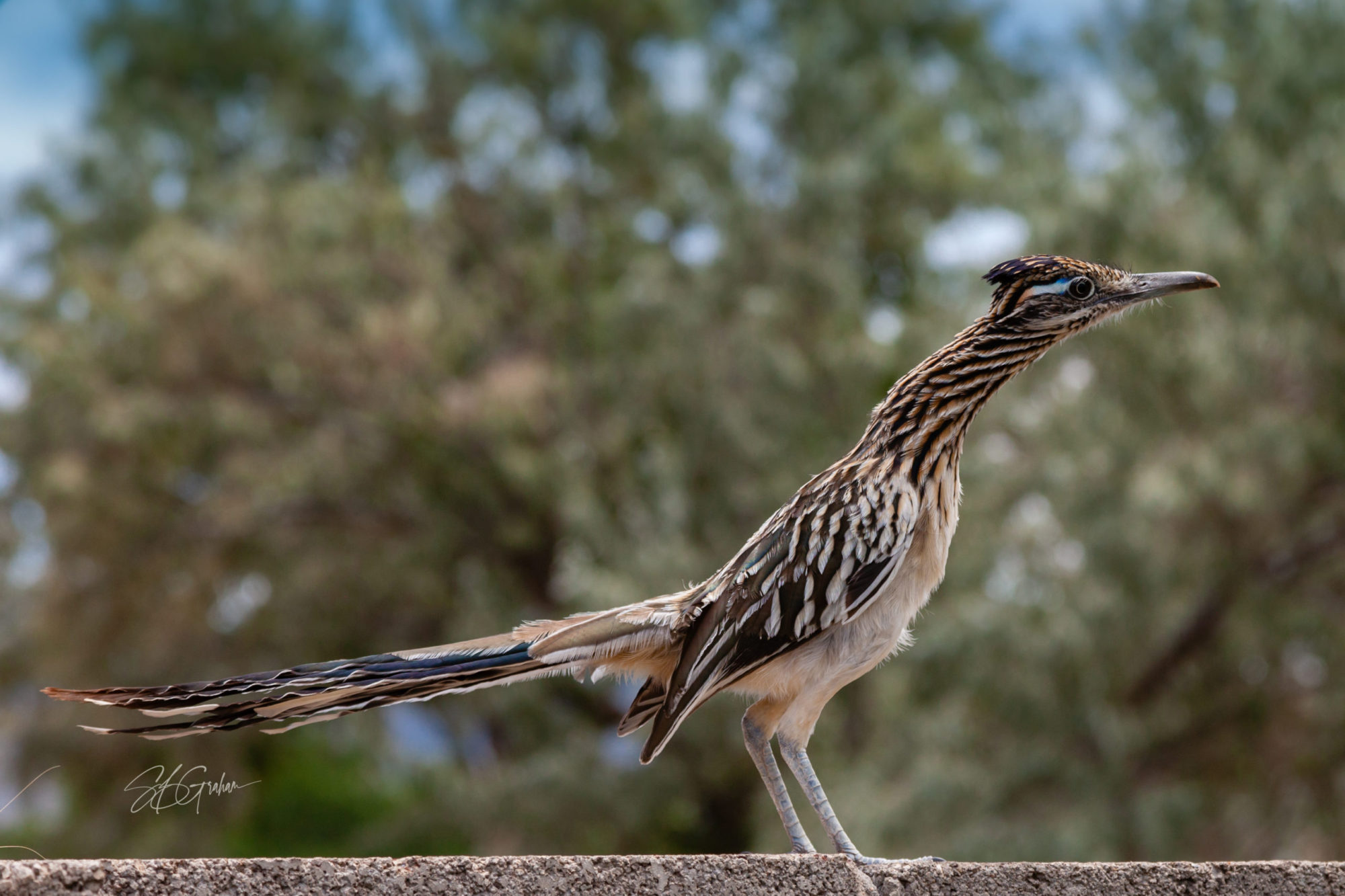Water Is Life (“El Agua es Vida”): Acequias in New Mexico
Water is life everywhere in the world. The peoples of New Mexico readily express this truth. “El agua es vida” signs and banners appear in many places, such as floats at the annual Marigold Parade.
New Mexico is in the Desert Southwest. The Rio Grande River blesses the state. Albuquerque, the largest city in the state, grew up around the river. But many different peoples populated small settlements close to the river for hundreds of years.
Communal irrigation canals, acequias, remain important even in the 21st Century.
Recently, on a rather chilly and definitely dismal day, I got to have a wonderful visit with Tim and Laurie In Corrales. Because they live right along the Rio Grande, I have walked the ditch bank with them many times. We have photographed the acequia from which they get water to irrigate their land. I have photographed this many times, and never got images that I really liked. Those other times, the sky was blue, the sun was shining, the leaves were green, and water with reflections was in the acequia. You might think that could make a nice picture. For me, the overcast and dismal sky, dry acequia, and brown leaves made images I liked better.



Walking along the ditch bank, you often meet other people. A gentleman passed by with this beautiful German Shepherd!

After a wonderful afternoon out photographing many interesting things in the bosque, we came back to a warm home and fabulous dinner prepared by Laurie and Tim! Great friends, photography, and food – what more could anyone ask?




Great photos. We had a really fun adventure on the ditch bank despite the cold, dreary weather. And a really nice visit over a second Thanksgiving dinner.
The first photo is the bridge across the drainage ditch we have always called the “clearwater ditch”. It is formally called the Upper Corrales Riverside Drain and it is used to lower the water table so we don’t live in a swampland. The currently dry ditches are part of the acequia system the Middle Rio Grande Conservancy District uses to draw water off the Rio Grande for irrigation. The water that comes off the Rio Grande is muddy, which is one of our distinction between the acequias (irrigation ditches) and the drainage or “clearwater” ditches.
The Conservancy runs water in the acequias between the end of March (after we change to daylight savings) and the first week in November (after we go back to standard time). There is a large gate (pictured in the third photo) every 300 yards or so that is used to back up water and create pressure for the water to run through the irrigation ditches on properties that are irrigated. In some cases the private irrigation ditches run as far as 3/4 of a mile from the acequia to the fields, orchards and gardens they are irrigating. There are any number of small gates along the west side of the acequia between the large gates that are used to let the water into the private irrigation ditches. When we irrigate, we are doing a controlled flooding of the property.
Tim, thank you so much for that detailed explanation of the photos and how it all fits together here in the Middle Rio Grande Conservancy District! I have photographed that bridge in the first photo many times, and never knew either the informal or formal name! 🙂
I also did not know when the Conservancy stopped running water in the acequias and then began again. It all makes sense, though.
Many of you who read here know Tim and read his blog, http://photos.tandlphotos.com/blog , where he writes and posts on a daily basis. Periodically, he’ll mention getting up in the middle of the night to open the gate that lets the irrigation water onto his property. And some of the spooky animals that might be out at that time of night…
You and Laurie live in a fascinating place, and I thank you for sharing it with me! It definitely was a fun adventure on the ditch bank (more photos to come 🙂 ), and the company over great food was fabulous!!!!
I grew up irrigating, so it’s simply a part of my culture and a task I do every two weeks between daylight savings time and Mountain Standard Time every year. But irrigating probably seems like a strange ritual for people who haven’t grown up with it. I often irrigate in the wee hours of the morning with the critters, monsters and spirits that haunt summer nights because that’s when it’s least likely the water will be taken upstream from us.
I like the color and mood of the images, Susan. And thank you Tim for the explanation of how the system works.
Hi, Lavinia. Thank you for coming by! It was such a dismal day, I could not get too excited about the prospects. But, Tim and Laurie and I have this history of “photographic excursions” and sometimes “photographic expeditions,” in which we just start out with no real expectations and magic of some sort just happens. It has never failed, regardless of how things seemed when we started out. 🙂 I’m glad you like the color and mood.
Tim can explain *anything* Corrales, and pretty much anything New Mexico.
Nice to see you this morning!
Yes Susan, we are all dependent on water for life and must not take it for granted. What beautiful photos of the acequia along the bosque. It is so good to share the day with friends in such a peaceful setting. Thanks for sharing with us.
Hi, Juanita! Thank you very much for dropping by and leaving a comment. I’m glad you enjoyed the photos, and that I got to share them with you. So nice to see you! 🙂